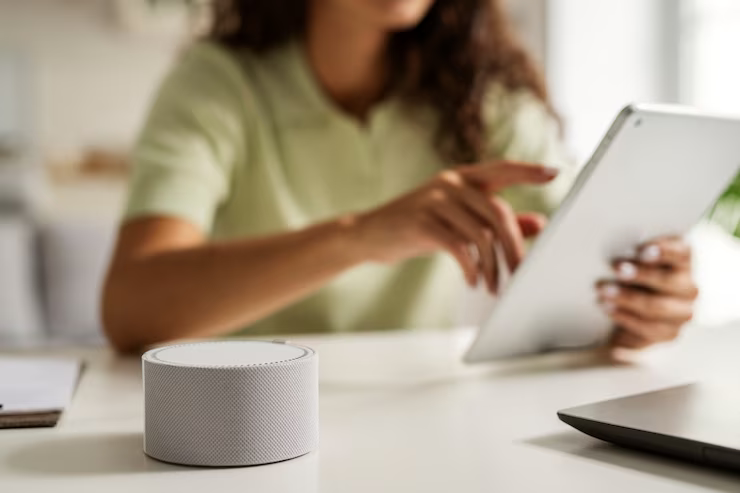Voice control for your home has become increasingly popular with the rise of smart home devices such as Amazon Echo and Google Home. While there are some concerns about the safety and privacy implications of using voice control in your home, there are also steps you can take to mitigate these risks.
One of the main concerns with voice control is that the devices are always listening for commands. While this can be a privacy concern, most devices have safeguards in place to protect your data. For example, many devices only start recording after they hear a wake word such as “Alexa” or “Hey Google”. Additionally, you can check the privacy settings on your device to see what data is being collected and choose to limit or turn off certain features.
Another concern is that voice control devices can be hacked, allowing an attacker to access your home network and personal data. To mitigate this risk, it’s important to secure your home network by using strong passwords and keeping your devices up to date with the latest security patches. Additionally, you can choose to only connect your voice control device to trusted networks and limit the types of information you share through voice commands.
Finally, there are some safety concerns related to voice control devices. For example, some people may be concerned that their children could accidentally order something online through a voice command. To avoid this, you can set up parental controls on your device or disable certain features altogether.
In summary, voice control for your home can be safe as long as you take the appropriate precautions to protect your privacy and security. By understanding the risks and implementing best practices for securing your devices, you can enjoy the convenience and benefits of voice control without compromising your safety.


